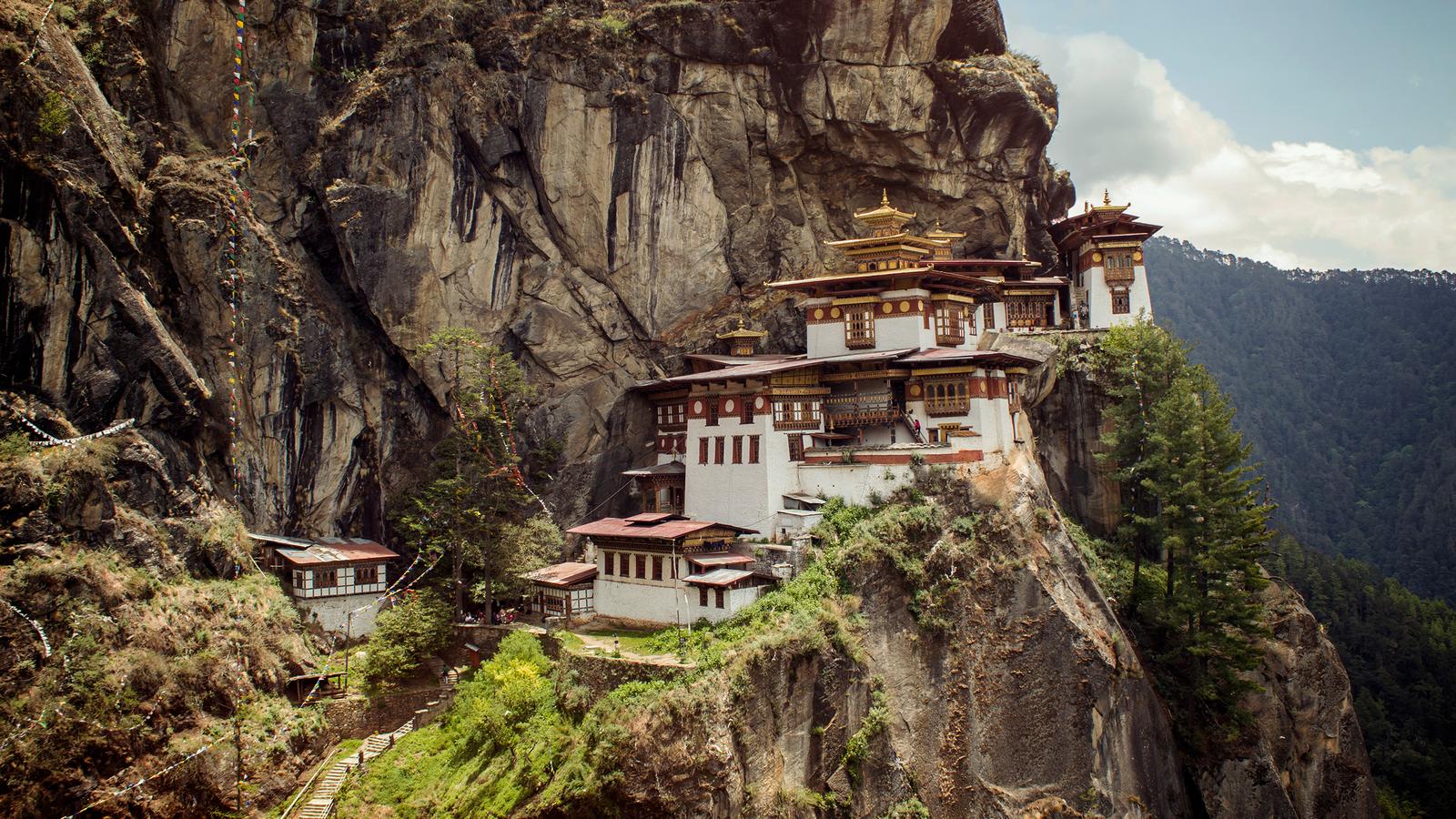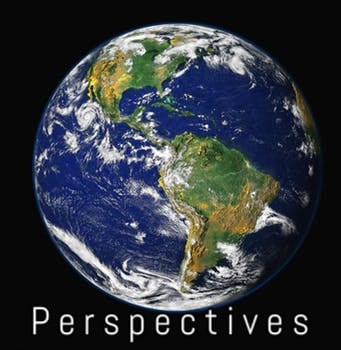by curri58987@gapps.uwcsea.edu.sg | Apr 30, 2019 | NYAA Service, Youth Achievements
┌──── ⋆⋅☆⋅⋆ ────┐
NYAA: Healthy Living
March Progress Report
└──── ⋆⋅☆⋅⋆ ────┘
This month in service with CPAS (Cerebral Palsy Alliance Singapore) I’ve really been focusing on building my relationship with the kids. One might think that this wouldn’t be that rewarding in terms of learning, but actually, every single session has been an experience extremely valuable to me.
One of my main takeaways this month is that when you trust someone to do something, they’re a lot more likely to do it. Because you trust the kids to give you an answer when you ask them something and they see that trust much more clearly they’re more likely to give you an answer. I realise that this applies everywhere, even in our ordinary lives. Trusting the kids to feel empowered about themselves shows when you interact with them, and they see it despite the fact they can’t communicate back, or they feel it on some primal level, so working on that means that they themselves will feel more empowered and therefore more accepted. This trust in the relationship is what I would like to continue building.
When it comes to next steps, I’m thinking about doing some volunteer work at CPAS with my family to further learn about the capabilities of people with CPAS and other truths about the world and the psychology of the human mind, and how to properly treat people. I think that working with CPAS has really shown me what it really means to be extremely conscious of another person, and putting their needs above your own, which is something that I view as important in my life.
Otherwise, I’m really looking forward to working more with that kids at CPAS and learning about how to help them more.
Thanks for reading!

by curri58987@gapps.uwcsea.edu.sg | Apr 15, 2019 | NYAA Outdoor Appreciation: Bhutan, Youth Achievements
╔══════ ⋞ ◦ ❁ ◦ ⋟ ══════╗
How does religion affect Bhutanese people’s
daily lives?
Grade 9 Bhutan Expedition Exploration
╚══════ ⋞ ◦ ❁ ◦ ⋟ ══════╝
Featured image depicts Tiger’s Nest Monastery (Paro, Bhutan)
Some say that “If you didn’t go to the Eiffel Tower, you weren’t in Paris.” In the mountainous, mysterious country of Bhutan, they say that “If you didn’t go to Tiger’s Nest, you weren’t in Bhutan.” If you’re wondering, Tiger’s Nest is a monastery located on a clifftop 3100 metres above sea level. The hike there is 4 hours up, 3 down. It’s definitely not like the Eiffel Tower.
This only showcases a small part of the reverence the Bhutanese have for their many, many monasteries hidden behind tree-topped peaks, and rock faces thousands of metres high. The Bhutanese people believe in Mahayana Buddhism, the type of Buddhism that dominates central Asia, but these mountain people have added their own twists and created their own legends, centuries-old tales that have been sheltered by the protective walls of the mountains, and kept safely in the rural towns and villages ensconced in trees. and still take part in Bhutanese people’s daily lives to this day.
In fact, Bhutanese people are always free to visit the monasteries, (well, during visiting hours, that is) and many often do. According to our guides, on weekends and holidays it is very common for people to visit monasteries to meditate and/or pray. When faced with the large, usually bronze statues of the Buddha, they press their palms together above their forehead, in front of their lips, and to their chest, each gesture in succession, and then bow down to worship the large, majestic statue in front of them. They also believe in gods, and oftentimes beside the Buddha you will see smaller (but still impressive) statues of various different gods. Some temples contain statues that represent the Buddhas of the past, present, and future (the present being the main statue in the middle), and others depict gods of longevity or important deities that vanquished demons. Tiger’s Nest, arguably the most famous monastery in Bhutan, was built for a man who rode to the cliffside on a flying tiger, to fight a demon that was terrorizing the people.
People can even visit the temples and monasteries where the King holds his court. Yes, Bhutan is governed by men sitting inside the walls of monasteries, which once again showcases the importance that Buddhism has inside Bhutan. Every major monastery, or dzong, holds a big festival for one selected month of the year, where music, dance, and drama take place to teach the people about Buddhism through legendary myths. Thimphu, the capital of Bhutan, has its festival during September, and all the 100,000 people living there come to Thimphu-dzong to celebrate and learn about a religion that has infused Bhutanese culture for the ages.
However, religion and culture in Bhutan is not all song and dance. It would be untruthful for me to report that the culture in Bhutan wouldn’t offend many people. It can be extremely sexist. The following example describes a central legend in Bhutanese culture, and I say now that some may be affected deeply by these next few paragraphs. Now is the time to look away, if the issue of consent triggers you deeply.
One of the most common Bhutanese myths involves a ‘divine madman’. In Eastern Bhutan, young men take the stories of this ‘divine madman’, who was a great mythological figure that lived thousands of years ago, and then translate them to their own lives. The ‘divine madman’ was thought to be mad, as his name suggests, as he taught Buddhism in a way the Bhutanese people had never seen before. According to the stories, the ‘divine madman’ subjugated a fearsome demoness, and taught Buddhism using his three values. Unlike most stories, he did not value purity, honor, or anything of the sort, no, he valued women, alcohol, and the phallus. This is why the Bhutanese thought he was mad. However, the stories of his escapades involve the subduing of demonesses, which gained him the admiration of the people. I shall leave you to connect the rest of the dots yourself.
Some may have already heard of ‘phallic symbols’ decorating the walls of Bhutanese houses, and models of phalluses lining shop shelves for tourists to buy. The monastery of the divine madman’s brother, blessed by the divine madman himself, is the final resting place of the main demoness the divine madman subjugated, and is also known as the temple of fertility. Married couples go to this monastery to pray for the blessing of children.
The national sport of Bhutan, archery (which women do not participate in) also showcases these three values. When the man hits the target with his arrow (some targets are 150m away), female dancers perform a ritual song carrying jars of alcohol, another one of the divine madman’s values.
Another way the divine madman stories really affect the Bhutanese people’s lives resides in the harshly steep slopes of the Himalayas of Eastern Bhutan. The Bhutanese young men, in the spirit of the ‘divine madman’, climb the walls of the houses of the girls they like, and break in through the windows, to chat and get to know the woman who lives inside. It is deeply rooted inside Bhutanese culture for the girl to consent to such things.
It is difficult to see such things in our modern world. We have come a long way from pitting slaves against each other to fight to the death for entertainment, but it could still be argued that we have not come far enough. Subjugation of our fellow human is the snake that slithers through the whole timeline of human history, even now, and this trip to Bhutan let me catch a better glimpse of the scales of such a beast. I hope that in the future, we will finally see the whole body of this serpent, and prevent it from injecting its venom into civilization.
Thank you for reading.

